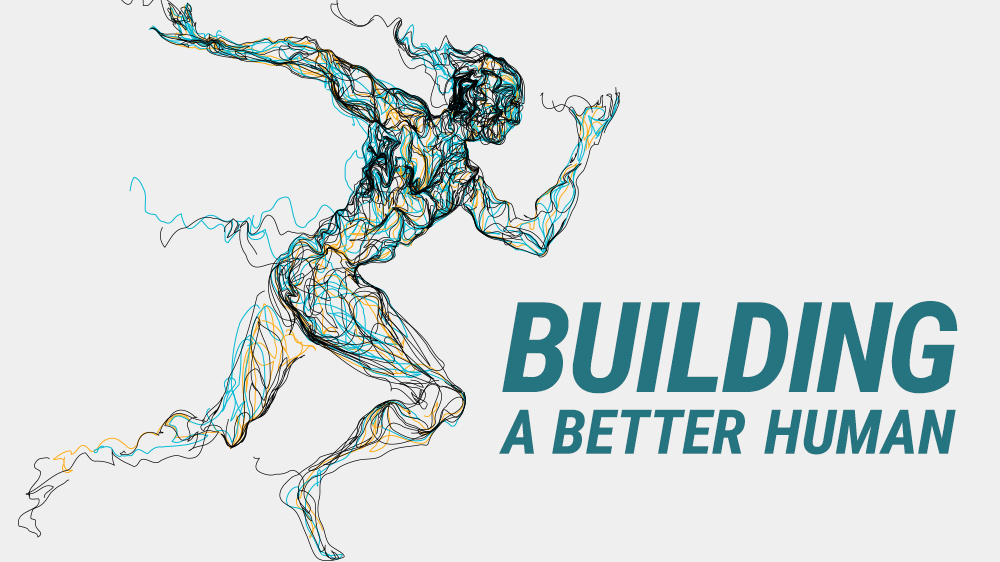Neurohacker Collective's Mission: Advancing Human Sovereignty
Sovereignty relates to the capacity for and demonstration of good (omni-positive) choice-making.
We define sovereignty more formally as the product of sentience, intelligence, and agency.

James Schmachtenberger shares his personal healthy journey that led to the realization that better health and wellness are not a separate pursuit from missions for a better world. It is actually a prerequisite for actualizing those missions.
Conversations between Daniel Schmachtenberger, James Schmachtenberger and Jordan Greenhall about the way our systems were addressing mental performance led the birth of Neurohacker Collective. The aim is to provide a mainstream health and wellness resource that actually educates the public on the complex causes of various health challenges, and offers products capable of addressing that complexity.

We optimize our well-being by supporting four foundational quadrants: mind care, body care, relationships, and environment. By using this integrative framework our time on earth can consistently experience beauty and happiness, from which we can offer our greatest contribution in return.

We humans are in a bit of an ‘emergence through emergency’ scenario. If we want to stay in the game, we’re going to need to seriously level up. We call it neurohacking.

Choosing the optimal dose for a given ingredient in our formulations is a critical and nuanced topic, so we want to share a bit about the principles that help guide our decisions at Neurohacker. Our principles derive from complexity science—the science of complex adaptive systems—and guide how we factor research and approach formulation and dosing. They take into consideration scientific evidence on the change in effect caused by differing levels of exposure (i.e., the dose-response relationship), but they do this in a way that honors complexity.

Whereas biohacking concentrates on the body, and consciousness hacking explores the inner experience, neurohacking is somewhere in the middle, focusing on the mind-brain interface - the intersection of neurology and consciousness. Specifically, neurohacking involves applying science and technology to influence the brain and body in order to optimize subjective experience.

Even with our staggering growth in technology and science, there’s a good chance we won’t make it to the year 2100. Change isn’t happening fast enough. The fate of humanity can no longer be left to politics or policy. Growth needs to start on a personal scale. We need, at a fundamental level, to become better humans.

Neurohacking is the deliberate use of technology to upgrade the functioning of our brain and nervous system in every way to affects our conscious experience.
At Neurohacker Collective, we’re mapping the landscape of all the tools and technologies that radically improve mental wellbeing and performance.